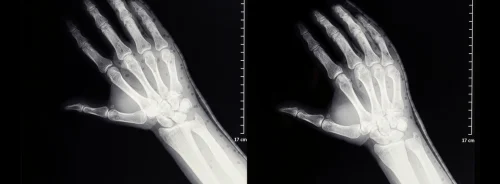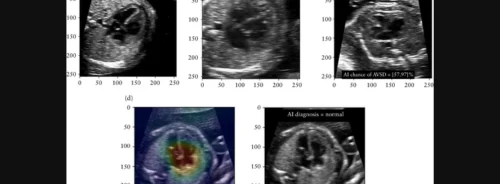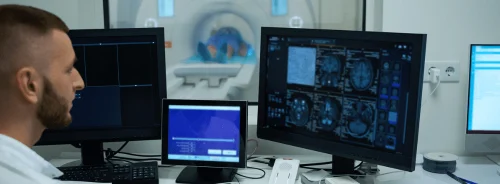HealthManagement, Volume 6 - Issue 5, 2006
Interviewee
Prof. Eric Poiseau
IT Manager
Integrating the Healthcare
Enterprise (IHE) Europe
University of Rennes
Rennes, France
What is IHE Europe and What are its Aims?
_ IHE is a non-profit organisation sponsored by professional bodies and healthcare suppliers that gathers users and vendors to address the problems of healthcare systems’ interoperability. We believe that interoperability should be built around a core of common requirements, taking differences between EU Member States into account, but enabling manufacturers to market their products at both European and even global level with only minor variations.
IHE in Europe organises activities to achieve the interoperability of existing products and facilitate the development of new interoperable products. Some of these activities consist of:
• Development of workflow descriptions and associated integration profiles based on user requirements;
• Organisation of live interoperability testing between vendors (connect-athon), and of live interoperability demonstrations at the European level;
• Support to national IHE activities in order to incorporate national requirements into interoperability requirements; and
• Promotion of products that implement IHE Integration Profiles through educational activities, success stories, integration statements, etc.
What are IHE Technical Frameworks?
_ The IHE Technical Frameworks, available for download, are a resource for users, developers and implementers of healthcare imaging and information systems. They define specific implementations of established standards to achieve effective systems integration, facilitate appropriate sharing of medical information and support optimal patient care. They are expanded annually, after a period of public review, and maintained regularly by the IHE Technical Committees through the identification and correction of errata.
There is an IHE Technical Framework for each of the IHE domains. Volume I provides a high-level view of IHE functionality, showing the transactions organised into functional units called Integration Profiles that highlight their capacity to address specific clinical needs. Volume II provides detailed technical descriptions of the IHE transaction used in the domain.
How is an IHE Integration Statement Developed?
_ IHE Integration Statements are documents prepared and published by vendors to describe the conformance of their products with the IHE Technical Framework. They identify the specific IHE capabilities a given product supports in terms of IHE actors and integration profiles.
Users familiar with these concepts can use Integration Statements to determine what level of integration a vendor asserts a product supports with complementary systems and what clinical and operational benefits such integration might provide. Integration Statements are intended to be used in conjunction with statements of conformance to specific standards (e.g. HL7, IETF, DICOM, W3C, etc.).
There is no requirement for a vendor to participate in an IHE Connectathon in order to be able to publish an integration statement. IHE integration statements help users by comparing products functionalities.
What are Some of IHE’s Biggest Successes in
Europe?
_ I guess the biggest success of IHE in Europe is to have successfully developed IHE in Europe. IHE started in the US! IHE Europe was successful in importing the initiative, but more than that, in adapting it to the European context. IHE Europe is now contributing on an international level and is, in a way, forcing IHE to become more international in its focus.
IHE Europe is contributing at an international level with:
• Laboratory profiles;
• IT-infrastructure XDS and PIX profiles; and
• Radiology PDI profiles, which found their origins in Europe.
What Integration Challenges do You Think Healthcare IT Managers in Europe Should be most Concerned About?
In my opinion, access to information, document sharing and security are the biggest challenges facing healthcare IT managers in Europe. Healthcare information systems will more and more need to interoperate to exchange documents, images, patient identifiers, exchange about user rights.
Software applications are also more frequently required to interact with:
• Audit trails: sharing of logs, security requirements to centralise logs;
• User rights: authentication, authorisation... rights that may depend on the role and the context; and
• Patient identification: document sharing requires sharing of identification.





